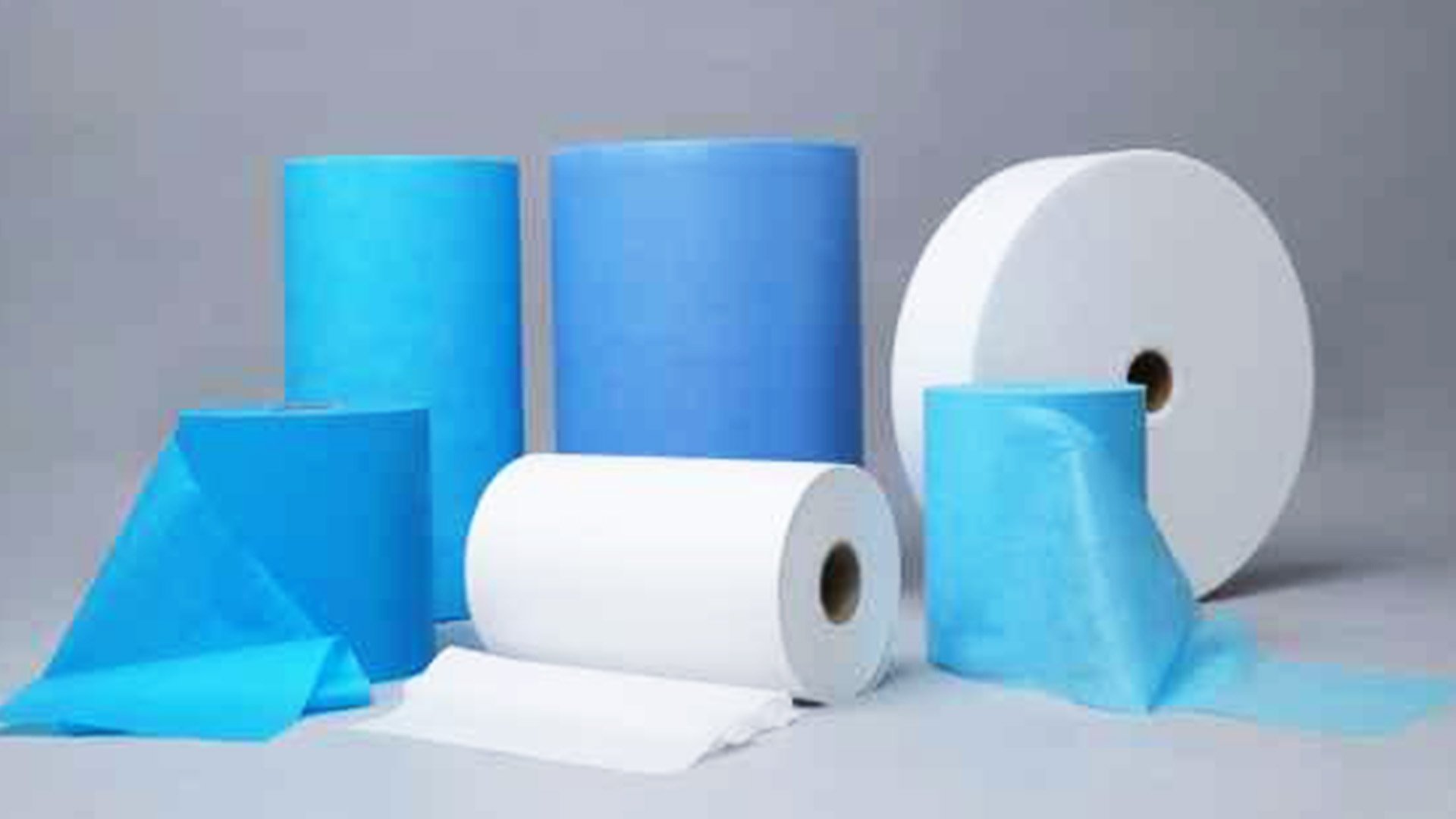In the healthcare sector, safety and efficiency remain paramount. Medical nonwoven fabrics, as a high-performance, multifunctional material, have become an indispensable "invisible guardian" in modern medical systems, thanks to their exceptional protective properties and eco-economic advantages. From sterile barriers in operating rooms to daily protective gear, medical nonwovens are driving advancements in healthcare safety through technological innovation, injecting new momentum into global public health initiatives.
Technology Empowerment: Precision Manufacturing from Fiber to Barrier
Medical nonwovens primarily use polypropylene (PP) as raw material, forming a fibrous mesh through nonwoven processes that combine lightweight design with high strength. Key production technologies include:
1.SMS Composite Technology: By layering "spunbond + meltblown + spunbond," the meltblown layer efficiently blocks micron-sized particles and pathogens, while the spunbond layer provides mechanical support, balancing barrier properties, breathability, and durability. This technology is widely used in medical masks, protective suits, and more.
2.SMMS Process Upgrade: Adding multiple meltblown layers to SMS enhances bacterial resistance and liquid impermeability, ideal for high-infection-risk environments such as surgical drapes and isolation gowns.
3.Green Innovation: Development of biodegradable polylactic acid (PLA) nonwovens, combined with hydroentanglement processes, offers eco-friendly solutions for wound dressings and disposable bed sheets, reducing the environmental impact of medical waste.
Functional Breakthroughs: Multi-Scenario Safeguarding of Medical Safety
The value of medical nonwovens lies not only in basic protection but also in customizable functional enhancements:
1.High-Efficiency Protection: Meltblown layers achieve over 96% filtration efficiency against bacteria and viruses, coupled with waterproof and blood-plasma-resistant treatments to prevent cross-contamination.
2.Smart Adaptability: Antimicrobial coatings and antistatic treatments meet specialized needs in laboratories and ICUs.
3.Skin-Friendly Comfort: Hydroentangled cotton nonwovens, made from natural fibers, offer breathability and softness for premium wound dressings and sensitive-skin care products.
Current applications span three core areas:
1. Medical Protection: Surgical gowns, masks, and protective suits establish two-way safety barriers for healthcare workers and patients.
2. Sterilization Packaging: Heat-resistant, breathable nonwovens wrap surgical instruments, ensuring sterility and extending shelf life.
3. Hygiene Supplies: Disposable bed sheets and sanitizing wipes improve hospital efficiency and reduce infection risks.
Industry Transformation: From "Made in China" to "Global Standards
Domestic leaders like **Fengyuan Nonwoven** are elevating the industry through intelligent production lines (e.g., German SMS equipment) and independent R&D. For instance, one enterprise produces medical nonwovens with customizable weights (8-250g/m²) and multifunctional features like antimicrobial and flame-retardant properties, exporting to over 60 countries across Europe, North America, and Southeast Asia.
Future trends focus on two directions:
1.Green Manufacturing: Increased adoption of biodegradable materials, alongside heat recovery and zero-wastewater technologies.
2.Tech Integration: Nano-coatings for enhanced functionality and sensor-embedded smart nonwovens for real-time patient monitoring, unlocking new "medical IoT" applications.
Redefining Value: Beyond Traditional Materials
Compared to cotton textiles, medical nonwovens eliminate cross-infection risks through single-use designs, reduce hospital sterilization costs, and minimize resource consumption with lightweight structures. Partially biodegradable variants align with global sustainability goals. According to the World Health Organization (WHO), healthcare facilities using nonwoven protective gear report an average 35% reduction in infection rates.
From operating theaters to home care, and from public health emergencies to daily protection, medical nonwovens are reshaping the boundaries of healthcare safety through technological prowess. As material innovation and process upgrades continue, this "invisible guardian" will further safeguard human health, delivering more efficient and sustainable solutions for global medical systems.
